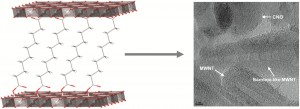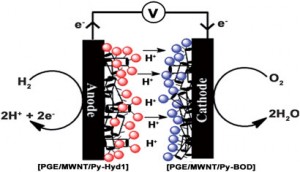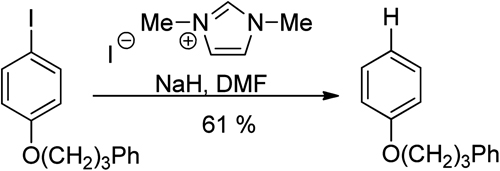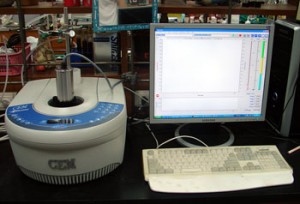This month sees the following articles in Chemical Science that are in the top ten most accessed:-
Synergistic catalysis: A powerful synthetic strategy for new reaction development
Anna E. Allen and David W. C. MacMillan
Chem. Sci., 2012, 3, 633-658, DOI: 10.1039/C2SC00907B
Direct Oxidative Arylation of Secondary Alcohols with Arylsilanes via Rhodium-Catalyzed C—C Bond Cleavage
Kang Chen, Hu Li, Yang Li, Xi-Sha Zhang, Zhi-Quan Lei and Zhang-Jie Shi
Chem. Sci., 2012, Advance Article, DOI: 10.1039/C2SC00923D
Rh(I)-Catalyzed Enantioselective Intramolecular Hydroarylation of Unactivated Ketones with Aryl Pinacolboronic Esters
Gary M. Gallego and Richmond Sarpong
Chem. Sci., 2012, Advance Article, DOI: 10.1039/C2SC01068B
Highly Enantioselective [4 + 2] Annulations Catalyzed by Amino Acid-Based Phosphines: Synthesis of Functionalized Cyclohexenes and 3-Spirocyclohexene-2-oxindoles
Fangrui Zhong, Xiaoyu Han, Youqing Wang and Yixin Lu
Chem. Sci., 2012, Advance Article, DOI: 10.1039/C2SC00963C
Mechanistic Understanding on Rh-Catalyzed Aryl C-H Addition to N-Sulfonylaldimines
Yang Li, Xi-Sha Zhang, Hu Li, Wen-Hua Wang, Kang Chen, Bi-Jie Li and Zhang-Jie Shi
Chem. Sci., 2012, Advance Article, DOI: 10.1039/C2SC01081J
Heterogeneous azide-alkyne click chemistry: towards metal-free end products
Bart Dervaux and Filip E. Du Prez
Chem. Sci., 2012, Advance Article, DOI: 10.1039/C2SC00848C
Solution and surface-confined chloride anion templated redox-active ferrocene catenanes
Nicholas H. Evans, Habibur Rahman, Alexandre V. Leontiev, Neil D. Greenham, Grzegorz A. Orlowski, Qiang Zeng, Robert M. J. Jacobs, Christopher J. Serpell, Nathan L. Kilah, Jason J. Davis and Paul D. Beer
Chem. Sci., 2012, Advance Article, DOI: 10.1039/C2SC00909A
Thermally stable N2 and H2 Adducts of Cationic Ni(II)
Charlene Tsay and Jonas C. Peters
Chem. Sci., 2012, Advance Article, DOI: 10.1039/C2SC01033J
Metallosupramolecular amphiphilic Π-systems
María José Mayoral Muñoz and Gustavo Fernández
Chem. Sci., 2012, Advance Article, DOI: 10.1039/C2SC01101H
Rhodium/Diene-Catalyzed Tandem 1,4-Shift/1,4-Addition of (E)-1,2-Diphenylethenylboronic Acid to Enones: Density Functional Theory Modeling and Asymmetric Catalysis
Keigo Sasaki, Takahiro Nishimura, Ryo Shintani, Eric Assen B. Kantchev and Tamio Hayashi
Chem. Sci., 2012, Advance Article, DOI: 10.1039/C2SC01093C
Why not take a look at the articles today and blog your thoughts and comments below.
Fancy submitting an article to Chemical Science? Then why not submit to us today or alternatively contact us with your suggestions.




















